
 What can Twitter tell us about the views of the electorate ahead of the UK’s EU referendum? Based on an extensive analysis of Twitter usage in the months leading up to the vote, Laura Cram and Clare Llewellyn illustrate that while Leave supporters continue to have a much more visible presence on Twitter, this balance has shifted with pro-Remain tweets becoming more frequent in the latter stages of the campaign. This could indicate the presence of silent or ‘reluctant’ Remain supporters that have the potential to influence the final outcome of the vote.
What can Twitter tell us about the views of the electorate ahead of the UK’s EU referendum? Based on an extensive analysis of Twitter usage in the months leading up to the vote, Laura Cram and Clare Llewellyn illustrate that while Leave supporters continue to have a much more visible presence on Twitter, this balance has shifted with pro-Remain tweets becoming more frequent in the latter stages of the campaign. This could indicate the presence of silent or ‘reluctant’ Remain supporters that have the potential to influence the final outcome of the vote.
The Twitter debate is heating up as the EU referendum approaches. The trend in the opinion polls, until the last few days, has been for pro-Leave support to grow although overall the balance is 50/50. The last few days has seen something of a rally in the Remain position. But we have been observing a counter trend to the growth in Leave support in our longitudinal Twitter sentiment analysis for some time – a counter trend that pre-dated the recent rally in pro-Remain numbers in the traditional opinion polls.
Leave has dominated the Twitter debate throughout. There has, however, been a very clear and growing trend of increasing Remain support in the Twitter debate on the EU referendum, although support for Remain is still much lower than Leave. Back in August and September 2015, we regularly saw 3% tweeting in favour of Remain and 97% for Leave, now we regularly see 20-25% for Remain.
Figure 1: Share of pro-remain and pro-leave tweets on Twitter (Aug-Sep 2015)
Figure 2: Share of pro-remain and pro-leave tweets on Twitter (May-Jun 2016)
Our unique longitudinal data set allows us to compare and contrast the way that the official campaign groups use Twitter as compared with the wider public in the Twitter stream and to begin tracking the trends in Twitter behaviour, including the use of hashtags. We are trying to find out whether and in what ways social media data analysis might help to compliment the more traditional top down opinion polls.
Figure 3: Hashtag usage during the EU referendum campaign (Jun 2016)
Twitter analysis has strengths and weaknesses. Twitter users are not representative of the wider public – they are self-selected users not those chosen on the basis of careful sampling by opinion pollsters. Twitter users tend to be highly motivated (with an axe to grind), younger than average (though not exclusively young) and are likely more often men when engaged in political debate. So any insights are partial. That said, Twitter is a reflection of spontaneous, motivated behaviour – it helps us to see where those highly motivated individuals position themselves in relation to the debate, what appears to provoke peaks in motivated activity and also what the overall trends are in these vocal and active publics.
It is tempting to be drawn into headline-making statements as ‘tens of millions’ of tweets have been issued on the EU referendum but it is important to remember that 500 million tweets are sent daily (around 6,000 tweets per second). Our unique collection method allows us to put the Twitter debate on the EU referendum into a more meaningful perspective.
Although we have a huge data set containing almost 20 million tweets relating to the EU referendum, it is useful to know what proportion of Twitter users are actually talking about the EU referendum. In our sample of the wider stream of Twitter debate (a sample not collected on the basis of EU-related hashtags) those discussing the EU referendum initially constituted only about 0.06% of the English-language tweets worldwide. We have been watching the volume of Twitter conversations on the EU referendum grow. Tweets relating to the EU referendum now constitute around 0.5% of worldwide English-language Twitter conversations in this data set. This is likely, of course, to be an even higher proportion of UK-based tweeters.
Figure 4: Proportion of tweets about the EU referendum (%)
To put that in further perspective, in the same sample, the proportion of Twitter users talking about other major events and celebrities is broadly similar to those now discussing the EU. So one useful contribution that Twitter analysis can make, is to provide a measure of issue salience in the wider public debate, as indicated by the proportion of Twitter users spontaneously engaging in discussions on an issue. In the case of the EU referendum, despite the very high stakes at play, this was not very high until recently, but it is growing rapidly as the referendum approaches.
Figure 5: How tweets on the EU referendum compare to other topics on Twitter
Examining patterns in the Twitter debate can also tell us what topics those motivated to tweet are spontaneously associating with the debate on the EU referendum. This allows us to explore how the EU referendum is being linked with other issues. We can also begin to break this down geographically, allowing us to examine how the different nations within the UK are tweeting about the EU referendum.
Figure 6: Variations in Twitter behaviour between England, Scotland and Wales
So what we know from our Twitter data is first, that Leave as a campaign were faster out of the gates on Twitter and dominated even when at a lower ebb in opinion polls. Leave continue to dominate in Twitter, though we are seeing a growth of pro-Remain activity. This may reflect the intensity of motivation for those in favour of Leave. Despite very public splits in the Leave camp, there has been an impassioned commitment from Leave supporters to their cause, and a shared anti-establishment position, that is clearly deeply motivating and highly salient to those individuals.
Second, the Remain campaign got off to a much slower start on Twitter. Despite the greatly improved presence of the official StrongerIn campaign on Twitter, it has never attained the degree of impact on Twitter achieved by Leave. The picture is of a much less motivated public. This may reflect the lack of a positive cause to rally around. Early discussions around the renegotiation of the UK’s deal with the EU inevitably focused on its current shortcomings.
The smaller proportion of pro-Remain tweets compared with pro-Leave may be explained by this lack of intense impassioned motivation to champion the cause of EU membership. Early on, any bumps in Remain support were clearly event-related, for example in response to David Cameron’s letter to Donald Tusk on October 2015 and when the UK’s ‘new settlement’ with the EU was announced in February 2016. That is no longer simply the case.
Third, the dominance of pro-Leave tweeting is apparent in England, Scotland and Wales. In line with what we might expect from the opinion polls, in which Leave support is highest in England, and lower in Scotland (with Wales in the middle), England tweets most and has the most pro-Leave Twitter presence. Even in Scotland, however, contrary to the traditional polling picture, which has a stronger pro-Remain presence in Scotland, the dominant trend amongst tweeters is in favour of Leave. This might be explained if those activists, who believe that a Leave vote would facilitate a second independence referendum, are tweeting in favour of Leave. Notably #indyref and #indyref2 feature in the top ten hashtags used by those in Scotland motivated to tweet about the EU referendum.
It may also, however, simply reinforce our findings that Twitter is the domain of the underdog. This is reinforced by the picture in Wales, which has been leaning increasingly towards Leave in the opinion polls, and is the only nation to feature #StrongerIn in its top 20 hashtags. It is also notable that the scale of tweeting is disproportionate to the population differences in the three nations. We see c100 tweets in England on the EU referendum for every one in Scotland and Wales. A difference in EU referendum salience of an order of magnitude in relation to national population differences of nearer to 1 in 10.
Remain’s increase in Twitter activity
So tweeters are typically highly motivated and perhaps those who see themselves as the underdogs in the debate. Salience, coherence and intensity are key to motivation. This explains Leave dominance. But how do we explain the pick up in pro-Remain sentiment, which contrasted so strongly with the dominant opinion poll trends and pre-dated their recent shift towards remain, and what might it mean?
As the Remain cause has been fairly consistently under pressure in the polls, the rise in pro-Remain tweeting is perhaps unsurprising. Those previously unmotivated to act have been galvanised into action. The rise in pro-Remain tweeting is clearly no longer simply an event-related response, as it was at the early stages. What we can’t know, however, is what this says about those who are not tweeting – or what proportion of each camps’ supporters are active on Twitter.
Here we will use the imagery of icebergs. On Twitter we can only see that part of the iceberg that is exposed. If Leave supporters, for example, are impassioned and more likely to be active then might the dominant Leave presence in Twitter simply reflect the presence of a highly vocal minority? Using the image of icebergs – most of the Leave iceberg would then be visible above the water. Conversely, given the much more ambivalent nature of the pro-Remain supporters, with many only lately catching on that there was a real possibility that Leave might win, it is unsurprising that few were motivated to tweet early on.
The possibility should also be considered that silent or ‘reluctant’ Remainers in the Twitter debate are being overpowered by a vocal minority or put off by the nature of the political debate in Twitter which is better suited to the impassioned. In this scenario, there may be more Remain support under the water line than is evident in the Twittersphere, where we can capture only what is visible.
The increase in pro-Remain tweeting may simply reflect the greater pressure that Remainers now feel under and their increased motivation to vocalise support – with Twitter acting as the medium of the underdog. In this case, the Remain camp may indeed be considerably smaller than the Leave camp, though now more motivated. But it is important to remember that Twitter is not a representative sample, it largely provides a lens on the most motivated publics.
The desire to retain membership of the EU is for many fairly low key and only a very small minority of the UK public are flag-waving supporters of the EU. The very nature of the referendum debate, which centred initially on David Cameron’s renegotiation of a ‘not good enough’ EU, hardly inspired passionate support for membership.
Some will simply vote for the ‘devil you know’ because change of any kind is more unsettling than continuity. Others yet may vote to stay reluctantly, as the reforms negotiated by David Cameron in fact move the EU further in a liberalising direction that they do not support. Few of these are likely to be active, impassioned tweeters. The rise in Remain support might then represent the ‘tip of the iceberg’ of a silent majority – who may have views and might yet vote – but who don’t feel impassioned enough to tweet given the fragmented nature of the Remain cause or even their status as ‘reluctant Remainers’.
If Twitter is the medium of the underdog, then Leavers have been barking loudly from the outset but are the hidden ‘reluctant Remainers’ poised to bite?
Please read our comments policy before commenting.
Note: This article gives the views of the author, and not the position of EUROPP – European Politics and Policy, nor of the London School of Economics. Featured image via jisc.ac.uk.
Shortened URL for this post: http://bit.ly/28Lna65
_________________________________
 Laura Cram – University of Edinburgh
Laura Cram – University of Edinburgh
Laura Cram is Professor of European Politics and Director of NRlabs Neuropolitics Research at the University of Edinburgh. She is Senior Fellow, UK in a Changing Europe.
 Clare Llewellyn – University of Edinburgh
Clare Llewellyn – University of Edinburgh
Clare Llewellyn is Research Fellow, NRlabs Neuropolitics Research, University of Edinburgh.


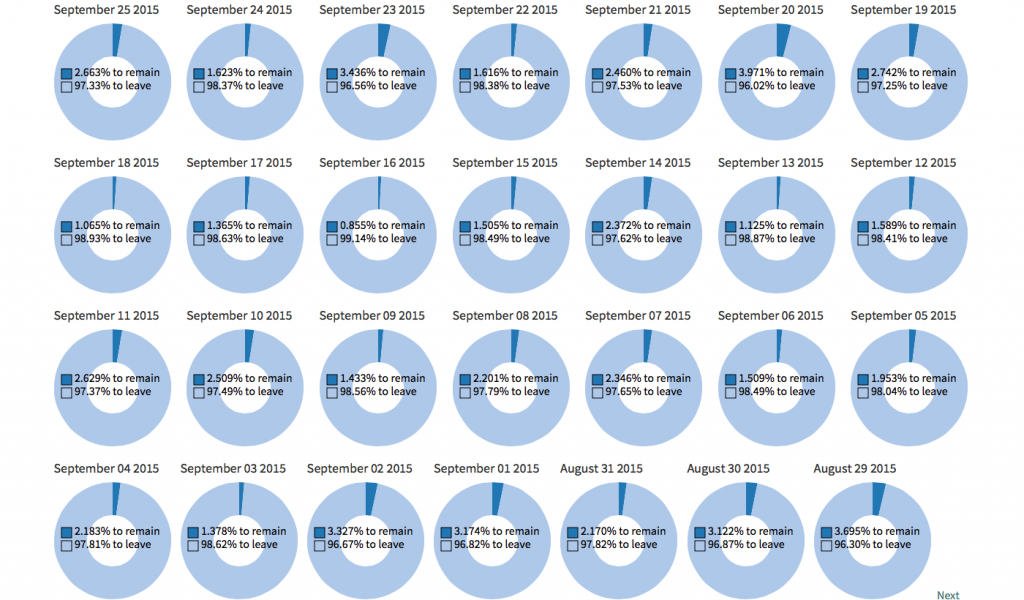
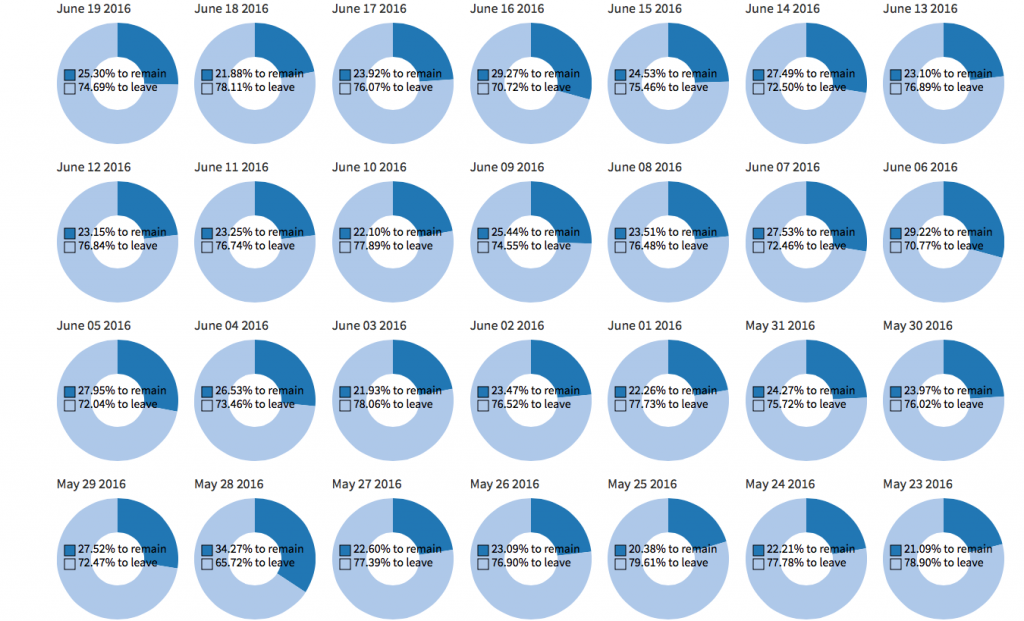
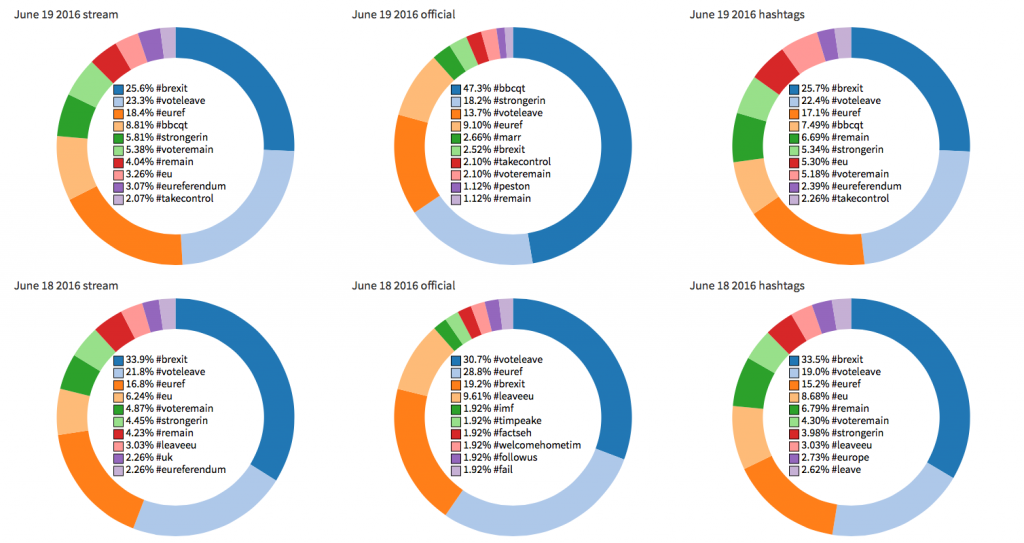
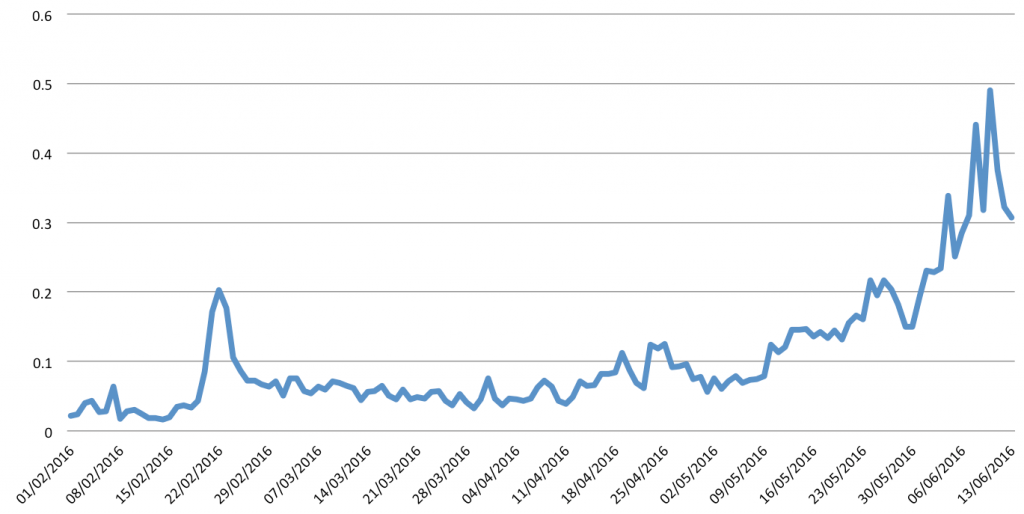
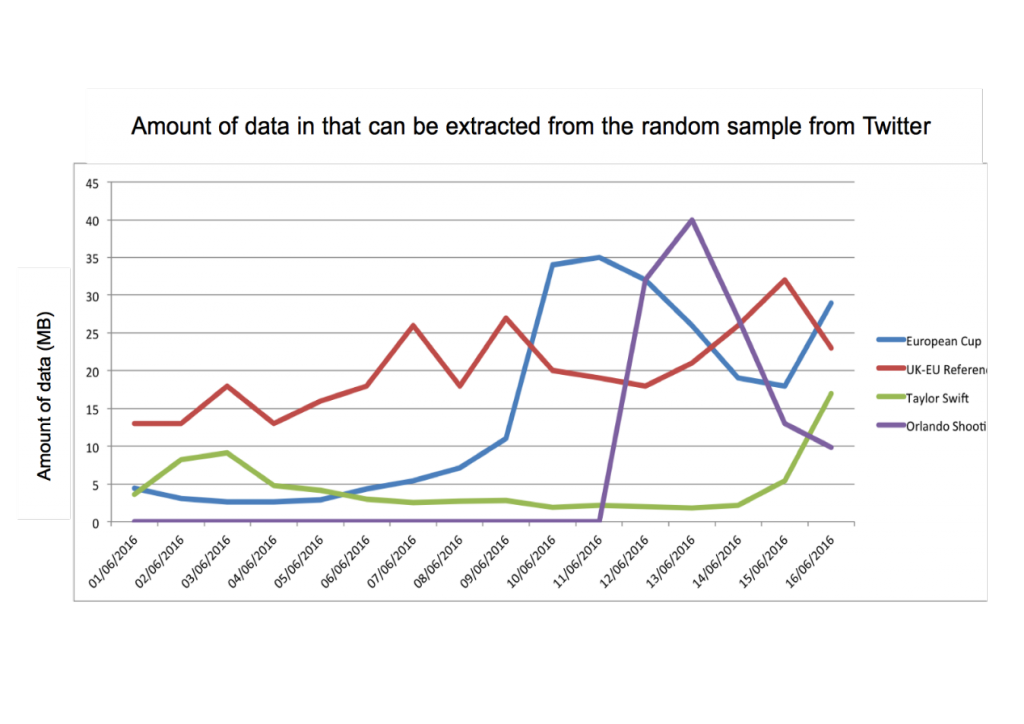


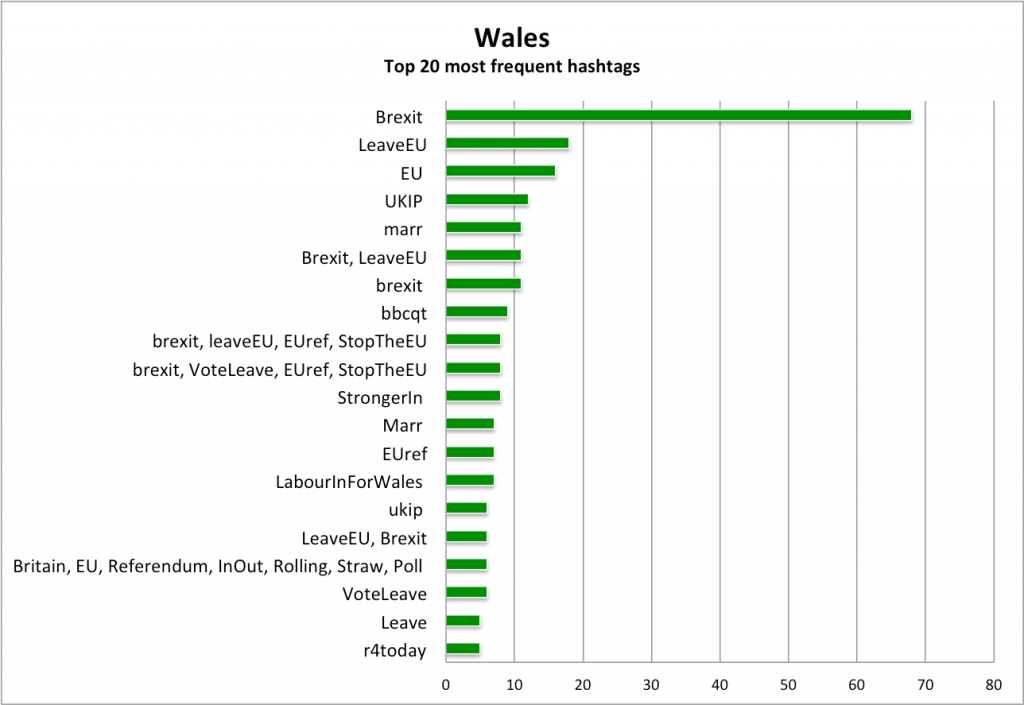



The grey vote doesn’t do twitter but they do wisdom & thats the known unknown #Brexit polls can’t cope with